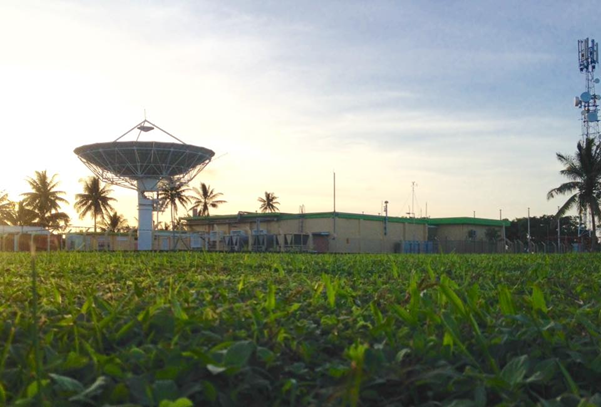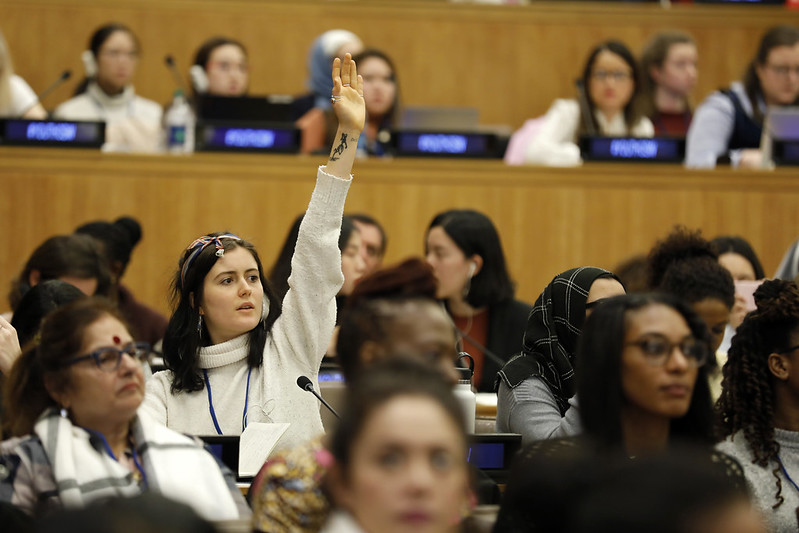India may be a rising power, but its smaller neighbours outperform it on a range of indicators.
Since President Donald Trump announced his intention to close USAID, foreign aid has dominated public debates about development, global inequalities, security concerns and fears about the influence of China.
Rather than adding to this saturated debate, this analysis explores a different question: how has development assistance benefitted recipient nations, particularly Australia’s South Asian neighbours?
Not just foreign aid. The value of remittances
Development originates from many sources. Official development assistance (ODA) plays a part, but so does effective governance and robust resistance to corruption. Foreign direct investment (FDI) is vital, too. But according to the World Bank, remittances from migrants living abroad now exceed ODA and FDI combined.
India leads the world in remittances, receiving US$129 billion in 2024. Pakistan (US$36 billion) and Bangladesh (US$26 billion) come in at 5th and 6th, respectively. On a percentage of GDP basis, Nepal is 6th in the world, with remittances accounting for 25.7 per cent of its GDP.
The high income received by South Asian Nations from remittances means they are less reliant on foreign aid, buffering them from the political whims of donor nations. Indeed, economists have recently identified an inverse long-term relationship between foreign aid and remittances, indicating substitutability of the two income flows.
Remittances are not a panacea, however. Evidence from Nepal shows that remittances are disproportionately spent on boys’ schooling at the expense of girls, reinforcing patterns of gender discrimination. The cost of transferring money has also attracted criticism from the World Bank and migrant rights advocacy groups. In 2024, global transfer companies such as Western Union and MoneyGram charged on average 6.65 per cent of the total amount remitted.
Human development, Economic growth and Inequality
So far, I have focused on crude economic indicators. Yet, of course, that does not come close to capturing the extent of human experience in South Asia.
Since 1990, the United Nations Development Programme has released annual reports on “human development”, as measured by their “human development index” or HDI. The graph below charts the five major South Asian nations against Australia and the world average from 1990 to 2024.

This graph demonstrates that human development varies widely across South Asia. Sri Lanka is the standout: currently ranked 78th out of 192 countries, its HDI of 0.78 places it well above world average and is classified by the UN as “highly developed”. Remarkably, Bangladesh has surpassed India despite the latter having the fifth-largest economy in the world. Bangladesh, India and Nepal are all classified as “medium human development”. Pakistan lags behind its neighbours, coming in at 164th in the world and is considered “low human development”. The poor performance of Pakistan is all the more shocking when one considers that it has received over US$30 billion in direct aid from the US government over the past twenty years, further cementing the view that the link between foreign aid and development is complex.
To underscore the multifaceted relationship between foreign aid and development, the table below summarises the key metrics of the five main South Asian nations.

ODA as a percentage of GDP and ODA per capita both measure the degree of “aid dependency”, which has the potential to erode good governance and stymie development. According to this table, Bangladesh and Nepal are at the most risk of aid dependency. However, aid dependency is not the only factor to consider, both countries have enjoyed significant development, despite their respective years of civil war, political instability and corruption.
Further, this table demonstrates that India receives very little ODA, a reflection of its status as a leading economic power. Indeed, India has in recent times become a donor of ODA, particularly within its region. Since 2000 the Indian Ministry of External Affairs has sent US$8 billion to Bangladesh, US$2.6 billion to Sri Lanka and US$1.6 billion to Nepal.
India’s economy is growing fast. The World Bank estimates growth of 7 per cent this financial year. The IMF predicts India will become the third-largest economy in the world in 2027, exceeding Japan and Germany. The problem is that this prosperity has not trickled down.
According to the World Bank, Australia (.343) has a higher Gini coefficient than India (.328). The Gini coefficient measures inequality on a scale of 0 to 1, with zero representing full equality. However, this metric obscures the reality on the ground.
The World Inequality Lab, funded by the European Research Council, universities and philanthropic foundations, presents a more nuanced picture in its most recent report. The table below charts income shares for the top 10 per cent and bottom 50 per cent of the population in Australia and India since 1950.

India’s top 10 per cent of income earners (represented by the green line) have clearly benefitted most since economic liberalization in 1991. The concentration of income is striking when compared with Australia: in 2021, Australia’s top 10 per cent earned 33.6 per cent of all income; in India, that figure is 57.1 per cent.
When it comes to gender inequality, India fares poorly, even among its neighbours. The World Economic Forum (WEF) Global Gender Gap Report listed Bangladesh as the leading South Asian nation, with above world average results for women’s empowerment and political representation, and at world average for health and education outcomes. Nepal, Sri Lanka and Bhutan followed next, performing at world average for health, education and employment, but below average for political empowerment. India was ranked 5th regionally and 129th globally (out of 142 countries).
Such metrics are useful for gaining an overview but obscure lived experiences. Swati Narayan’s Unequal (2023) documents that in Bihar, India’s poorest state, women typically eat last at every meal and invariably the least. Consequently, 40 per cent of Bihari women are underweight and 60 per cent anaemic. In rural areas throughout India, 40 per cent of homes have no toilet and open defecation is common, a problem that disproportionately affects women. Even in the most remote parts of Bangladesh, such undignified toileting practices are non-existent.
How do we explain South Asia’s varied trajectories of development? Narayan argues that northern Indian states have created “inequality traps” where caste, religion and gender compound one another. Conversely, in Sri Lanka and the southern Indian states of Kerala and Tamil Nadu, expansive land reforms, comprehensive social welfare programs, women’s agencies and progressive social movements have diluted social inequalities.
In the cases of Bangladesh and Nepal, counterintuitively, civil wars and population displacements have dissolved class barriers, which have enabled social mobility and created relatively egalitarian societies. Women in Bangladesh have flourished due to access to microcredit and employment within the readymade garment sector.
Meanwhile, development has been stunted in India, bar the southern states. Narayan attributes this to an “absent state”, neglect of public services, inadequate land reform and pervasive caste and religious discrimination.
In 2023 Narendra Modi announced his vision for “Viksit Bharat @2047” in which India will be a developed nation by the centenary of independence. To reach this goal, Modi concedes it will take a “quantum leap” in development, economic growth, social progress, good governance and sustainability. This list may be long, but it is noteworthy in what it omits: a recognition of, and a commitment to overcome, vast social inequalities.
Development in South Asia is filled with success stories. In Sri Lanka, Bangladesh, Nepal and Kerala in south India, the outlook is bright. Meanwhile, most of India has failed to keep up despite skyrocketing rates of GDP. The development of Pakistan, however, remains stunted. For a region that is home to over two billion people, it’s imperative that no one country is left to languish. In financial year 2024-25, DFAT will spend just A$12.6 million on ODA in Pakistan, nearly half of what it will spend in Sri Lanka (A$23.9 million). Clearly, DFAT should reconsider its development programme priorities in South Asia, if not the wider Indo-Pacific.
Dr Rachel Stevens is a Lecturer in the Institute for Humanities and Social Sciences at Australian Catholic University. Her most recent book, Citizen-Driven Humanitarianism and the Bangladesh Liberation War: Australian Aid during the 1971 Refugee Crisis can be freely downloaded from Bloomsbury Collections:
https://www.bloomsburycollections.com/monograph?docid=b-9781350384743
This article is published under a Creative Commons License and may be republished with attribution.




